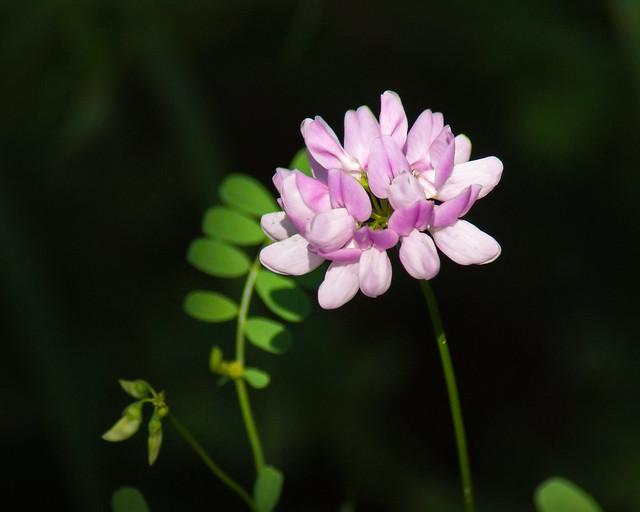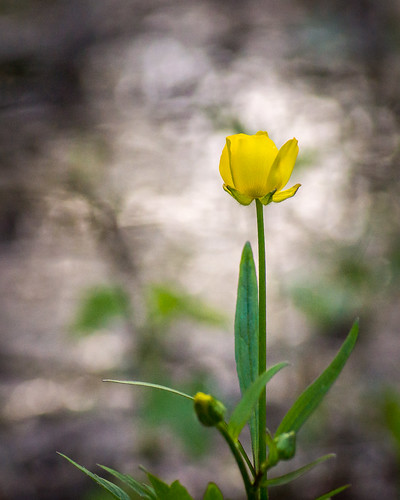Wildflower
Asiatic Dayflower

I found this tiny, delicate Asiatic Dayflower on a woodland trail in Missouri. Though small, the bright blue color makes them easy to spot. When you do find them, take a moment to enjoy them because that particular bloom won’t be around long. The saying, “Here today, gone tomorrow,” applies to the Asiatic Dayflower. Thankfully, other’s will likely take their place throughout the summer.
According to Wikipedia….
The Asiatic Dayflower (commelina communis), is an herbaceous annual plant in the dayflower family. It gets its name because the blooms last for only one day. It is common in disturbed sites and in moist soil. The flowers emerge from summer through fall and are distinctive with two relatively large blue petals and one very reduced white petal.
You can view a larger, more detailed version of this flower by clicking on the photo.
All of the photos I post are available for purchase. If you’d like to buy one, click on the blue “Buy this Online” bar below for a variety of print and frame options or contact me for digital purchase and licensing options.
A Flair for the Dramatic
 This wildflower seems to have a touch of graceful sophistication in its “wild.” A few of these beauties popped up on the edge of our property this summer. This bloom was the only one that demonstrated this particular flair for the dramatic.
This wildflower seems to have a touch of graceful sophistication in its “wild.” A few of these beauties popped up on the edge of our property this summer. This bloom was the only one that demonstrated this particular flair for the dramatic.
To view a larger version of this image, simply click on the photo.
Budding Artist
Dutchman’s Breeches

These tiny flowers are a favorite because of their unusual shape that earned them their fun name.
Dutchman’s Breeches is a unique wildflower that gets its name from the flowers that dangle down from thin stalks rising from the lush green plant. The flowers get their name from the blooms that resemble pantaloons hanging upside down and slightly inflated. They are early spring bloomers, arriving April to May, are approximately ¾ inch in length, and white to pinkish in color with a yellow line at the bottom of the flower that resemble a belt on the pantaloons.
For a more detailed view of these little beauties, click on the photo and a larger version will open in a new browser tab.
Alien Presence

Doing its best to blend in with the simple beauty of this wildflower, a stealthy crab spider awaits an unsuspecting victim.
I love watching the viewers reaction to shots like this. At first you see the beauty of the flower. An instant later, your brain registers the spider. How did you respond?
To get a better view of the spider and other details in this image, click on it and a larger version will open in a new browser tab.
Cluster

This delicate bloom is known as Crown Vetch or Axseed. It is a summertime wildflower classified as an herb in the legume family. (The same category as peas and beans.)
These flowers seem to be popular with bees and butterflies. In the area I found this, bees were busy working the few flowers there.
On the downside, it is a serious invader of prairies and dunes and, apparently, it’s poisonous to horses.
To get a better view, click on the photo and a larger version will open in a new browser tab.
Sun and Stars

These are wildflowers found on our property. They are in an area where I scattered a bunch of wildflower seeds last year. We never saw any of these last year, so it was a pleasant surprise to see these big, bright blooms among the weeds this year. The white dandelion-like seeds in the center of the flower blew over from some nearby weeds.
To see more of the detail in this image, click on it and a larger version will open in an new browser tab.
Simple Spring
While walking through a swampy area of woods, I stumbled upon this simple, single flower. The bright area behind the flower is daylight reflecting off a wet area. I don’t know what kind of flower it was, but it was small. This bloom was only about the size of a thumbnail.
If you have a large monitor, you can view a larger version of this image by clicking on it.
Hepatica Blue

Enduring a winter that won’t give up, I had to dig through the archives for a little bit of spring color. This is one of my favorite spring wildflowers because of its delicate beauty and its early bloom; one of the very first you will see in these parts. Looking forward to seeing them again.
The hepatica (also known as liverleaf or liverwort) is a genus of herbaceous perennials in the buttercup family, native to central and northern Europe, Asia and eastern North America. This one was photographed in northeastern Wisconsin.
To view a larger version, click on the image.





















































